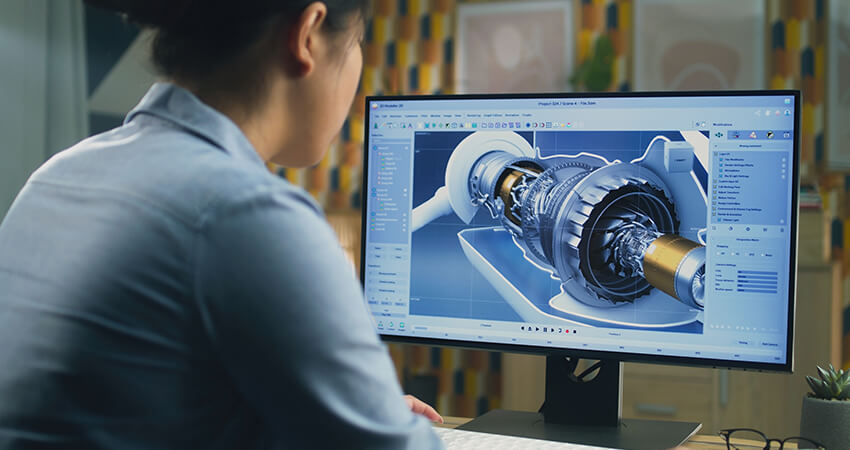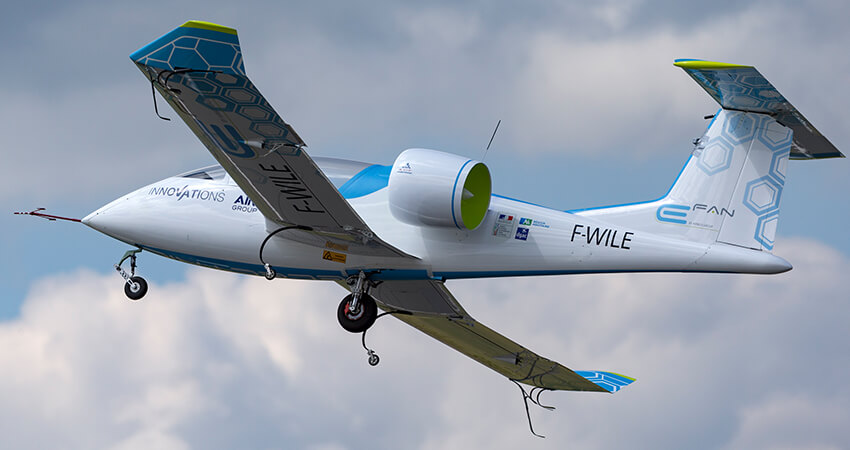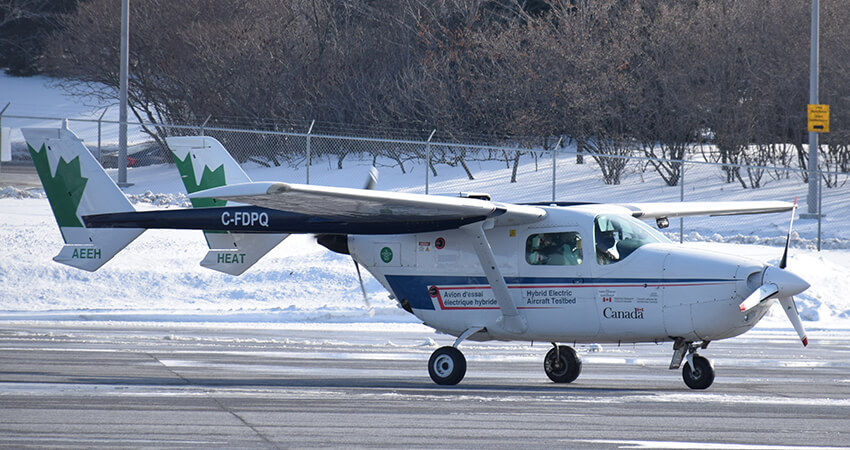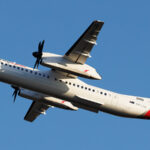Air transportation is essential for global connectivity but has also raised concerns due to its environmental impact. For this reason, the aviation industry is constantly seeking more environmentally friendly alternatives to conventional fuels, such as the development of sustainable fuels.
However, many experts are also working on other initiatives, especially those linked to the use of energy sources that do not rely on combustion. In this regard, one of the most promising solutions lies in hybrid electric aircraft (HEA).
What Are Hybrid Electric Aircraft?
Hybrid electric aircraft combine electric motors with conventional internal combustion engines. These aircraft use electric batteries as their primary source of energy but are supplemented, thereby reducing dependence on fossil fuels and decreasing harmful emissions.
Though not the same in operation, it follows the same principle as electric cars: a combination of energy sources that, while not completely eliminating petroleum-derived energy, reduces its usage. Even one of the world’s largest aircraft manufacturers, Airbus, has published a scheme outlining how electric and combustion engines would operate during different flight phases.
Advantages Over Electric Aircraft

One of the initial concerns that may arise when considering such developments is why aviation cannot entirely do away with fossil fuel. The question is mainly why not opt for an electric plane. Returning to the comparison, there are cars that operate this way, and there are even very small aircraft that propose this alternative.
The truth is that the energy required for an aircraft is challenging to achieve with electricity. In fact, existing developments lean more towards transporting small loads or, at most, very short trips. In the case of hybrids, the reduction comes from using the electric motor on the ground and as a complement to the combustion engine rather than being a central alternative where electricity is primary.
For this reason, electric planes do not seem to be a realistic alternative today, especially for commercial passenger transport and even less so for cargo. Batteries, their weight, and efficiency need significant improvement for them to be a surpassing alternative or at least one that can be considered.
Advantages of Hybrid Electric Aircraft

However, these hybrid electric aircraft can represent a significant improvement for the sector. Depending on electric power charged on the ground or regenerated during flight, these aircraft emit fewer pollutants and reduce their carbon footprint.
This aligns with an improvement in energy efficiency. Although the prices of these aircraft may be higher, the operating cost becomes cheaper by significantly reducing fuel usage. The drop in operating costs also becomes a very significant advantage of these aircraft.
Moreover, the complementarity of electric motors means that these planes produce less noise compared to those with only combustion engines. This can be positive not only for passengers but also for improving the situation for communities living near airports.
Challenges Ahead

Despite their advantages, hybrid electric aircraft still face significant challenges. Battery capacity, energy density, and recharging infrastructure are key aspects that need improvement for this technology to be viable on a large scale.
Additionally, the investment required for these projects is enormous. In fact, Airbus canceled its own plan in April 2020. The COVID-19 pandemic led the giant to abandon its project for a regional flight aircraft.
Indeed, some companies developing these projects indicate that these are projects that, despite their enormous prospects, are still far from being realized in the short term. Even for those proposing the development of aircraft for regional flights with capacity for 100 passengers, 2030 appears as a target date.
However, research and development in this field are underway. Several aerospace companies and startups, including state agencies from countries like Canada, are investing in innovations that could revolutionize aviation, from more efficient batteries to advanced propulsion systems.
Another no less important element is safety. Indeed, the use of batteries has some safety requirements that differ from those of fossil fuels. Although, eventually, it could be a safe technology, the technical shift involved must be considered.
But besides, passengers themselves must feel secure. It will also be part of the industry’s challenge to demonstrate and build confidence among regulatory authorities, investors, airlines, and the public about the reliability of this alternative. The reduction of emissions and the reduction of the carbon footprint will drive many, but if it is not safe, the project may be aborted. One of the first to take this step will be Air Canada, which plans to add its first hybrids in 2028.










